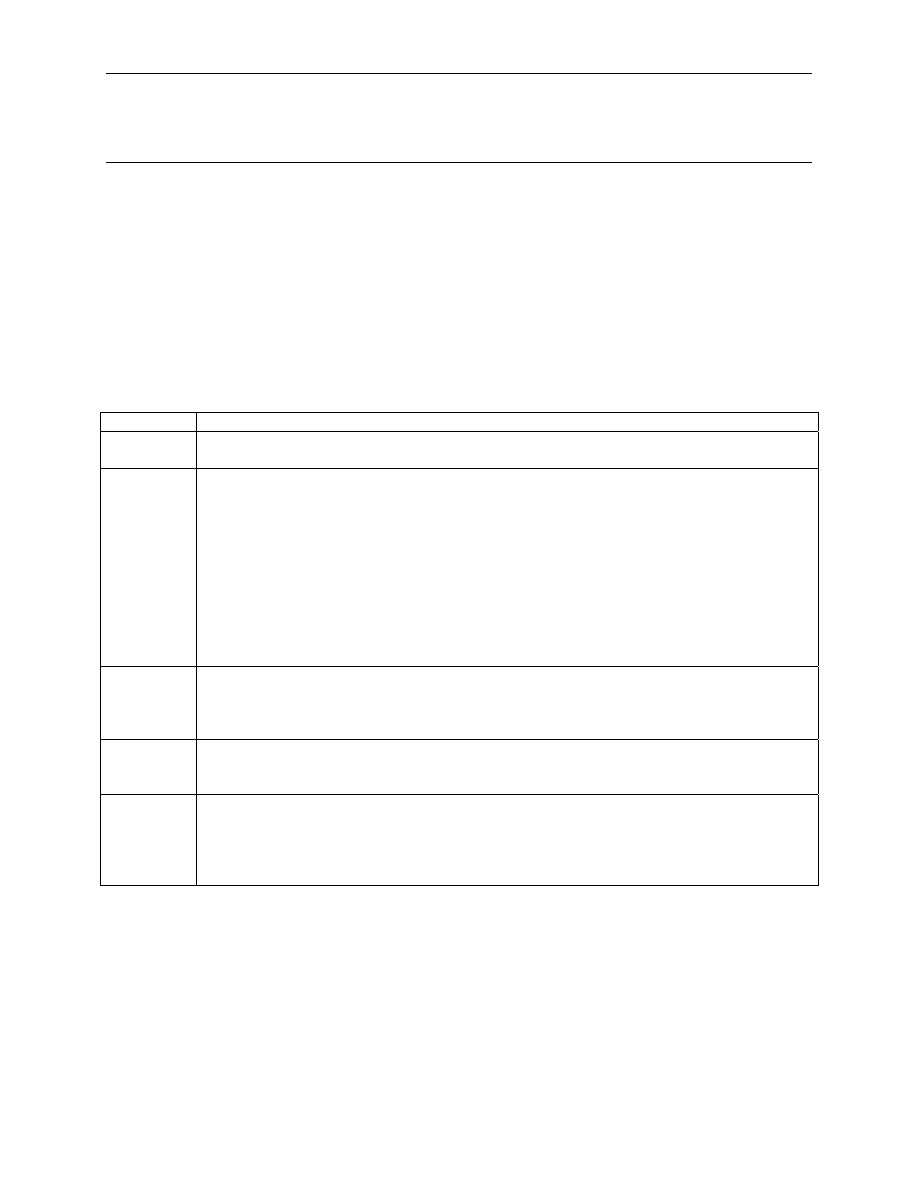TM 10-8400-203-23&P. Manual - part 9

TM
FIELD MAINTENANCE
INDIVIDUAL EQUIPMENT
INSPECT
INSPECT
Soldiers are required to perform many different tasks related to their MOS, as well as each individual
Soldier’s responsibilities within the unit. Soldiers, therefore, require a wide variety of equipment in order to
accomplish their tasks and missions. The most basic equipment issued to every Soldier is uniforms.
Uniforms are designed to provide the Soldier with comfortable, functional clothing necessary for any duty,
any task, and any mission. To support the Soldier, uniforms must be kept in good repair or replaced as
needed. On receipt of clothing, the individual items are inspected, assessed, and then classified for
serviceability, which in turn determines the disposition of the item. Table 1 lists the classification codes
along with the defining criteria.
Table 1. Item Classification Codes and Criteria.
CODE EXPLANATION
A
New and unused property possessing original appearance and serviceability.
B
Serviceability as to be acceptable for issue or sale in lieu of class A like-new property.
1. Items peculiar to the clothing allowance system will possess a high degree of
appearance and serviceability. These items affect the personal appearance of the
individual and should be in such condition as to be readily acceptable for issue and
cash sale purposes. In no case should the wear expectancy be less than 75 percent of
a like-new item.
2. Items of organizational clothing and equipage will possess such appearance and
degree of serviceability as to justify their issue to troops and afford a satisfactory
military appearance. As a guide only and where practicable for application, these
items should possess not less than 50 percent of the life of a like-new item.
F
Unserviceable items which are economically repairable. Economically repairable items are
those which may be restored to Class B condition for not more than 65 percent (clothing) or
equipage of prices contained in current Army Master Data File.
H
Unserviceable items which are obviously scrap or salvage, for which any use would require
a repair cost exceeding 65 percent for clothing or equipage of the current cost of the item.
X
Items which do not possess the appearance or degree of serviceability to justify the
classification of B or which cannot be repaired economically for the purpose originally
intended, but which can be used as an end item (without benefit of repair) for duties which
are harmful to clothing, i.e., mechanics, painters, construction workers, etc.
As a general guide, classification of all clothing and equipment items will be subject to the stipulations and
limitations listed here.
Items of personal clothing and footwear will be classified as new only when they show no evidence of
color fading, stains, uncleanliness, and/or rotting of stitching or fabric.
Each item will be complete in every detail, and all parts properly designed and attached. A new item
which has been tried on for size purposes, or from which the tags have been removed, will not be classed
as used; nor will such items be soiled to the extent that dry cleaning or laundering is required.